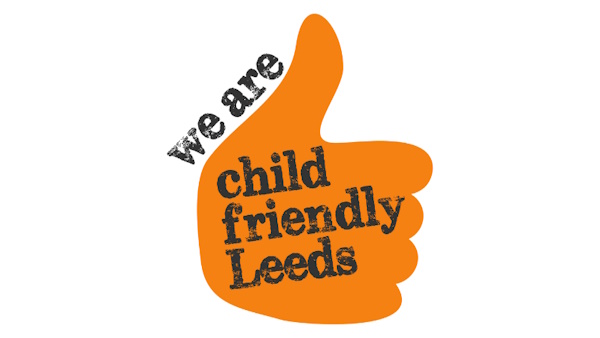Clusters
Clusters are what we call the model of locality working with children and families in Leeds: over 20 groups of schools and key partners in small geographical areas who have come together and pooled funding to provide holistic early help to achieve the best possible outcomes for children and families.
Clusters aim to identify those families, children and young people most in need of help and to ensure they are offered the right intervention at the right time, by the right people as early as possible in the life of a problem.
This approach has been recognised by Ofsted in the Inspection of Local Authority Children’s Services (ILACS 2022) of Leeds Children and Families Services which were judged to be ‘Outstanding’:
'Children and families benefit from well-established and extensive early help support. There is a broad and flexible range of early help and interventions available through cluster arrangements with schools and children’s centres.’ (Ofsted ILACS 2022).
How clusters work
Clusters bring together universal, targeted and specialist services for children and families in each local area including schools, health services, Area Inclusion Partnerships, Early Start teams in children’s centres, police, social work, the third sector, and other relevant services such as housing. The configuration will vary in each cluster, depending on the services available and the needs of families in the local area.
The cluster approach is consistent with Working Together to Safeguard Children 2023:
‘Early help is support for children of all ages that improves a family’s resilience and outcomes or reduces the chance of a problem getting worse. It is not an individual service, but a system of support delivered by local authorities and their partners working together and taking collective responsibility to provide the right provision in their area.‘
Each cluster typically has a lead coordinating role for example, a Targeted Services Leader (TSL) or Cluster Manager, whose job is to ensure effective, collaborative, and integrated partnership working, and is accountable to the partnership governance structure.
Again, the exact nature of the work of the person coordinating activity will vary between clusters, as will the structure and extent of their services.
Clusters’ core teams are principally funded by schools working collaboratively, with further investment from the local authority and health services. Typically, about two thirds of cluster funding comes from schools.
Pooled funding provides economies of scale whereby a diverse range of services can be offered in a local area that is of greater value, breadth and impact than a school working on its own.
How families access clusters
There are different ways in which children and their families can access cluster early help services: through referrals for support made by the child’s school; from others such as the family GP or other services; and directly from families referring themselves. Usually referrals are made through completing a request form available from the cluster or can come through MindMate Single Point of Access (SPA).
Referrals are either screened (i.e. assessed outside of a meeting) or will come through multi-agency meetings for the appropriate sharing of information to support decision makers to make the best match in terms of services to address the need.
In addition, clusters aim to: identify and prioritise those families most at risk of poor outcomes; ensure that an up-to date early help assessment of need has been carried out; identify an appropriate lead practitioner to coordinate the support to the family; ensure relevant services are engaged in a Team Around the Family or other multi-agency approach; and make sure that a plan is in place which is reviewed accordingly.
The majority of clusters are focused on family support and emotional wellbeing and have directly employed or commissioned services to meet these two key early intervention needs. Equally, most clusters have established proactive partnerships or a traded service with other agencies who are able to meet a range of needs, for example Educational Psychology.
Benefits of cluster working
The benefits for children, young people and families are interwoven with the benefits for schools and for the city as a whole.
For children, young people and families, the benefits include getting access to timely help by local services that know the area and the families who live there well in addition to awareness of the resources that are available when responding to specific needs. These services aim to improve the stability, safety and wellbeing of children, young people and families leading to improved school attendance and subsequently improved attainment and achievement and positive longer term outcomes.
The benefits to schools include the strength of collaborative investment in, and, partner funding of, early help services. A relatively small annual investment by the school gives access to hundreds of thousands of pounds-worth of services as they need it. Crucially, the Targeted Services Leader/Cluster Manager role actively co-ordinates this provision for families. Schools should see better outcomes for their children and young people.
For the city as a whole, cluster working which provides effective early help, results in a reduction in safeguarding risks and subsequently reduces the need for statutory intervention. Effective early help supports the successful school attendance, attainment and achievement of the city’s children and young people, leading to better outcomes for all.
Key contacts and more information
For further information about clusters and the lead for coordinating activity in each cluster, you can contact the Health and Wellbeing Service on 0113 378 5254 or email Schoolwellbeing@leeds.gov.uk.
Printable version
